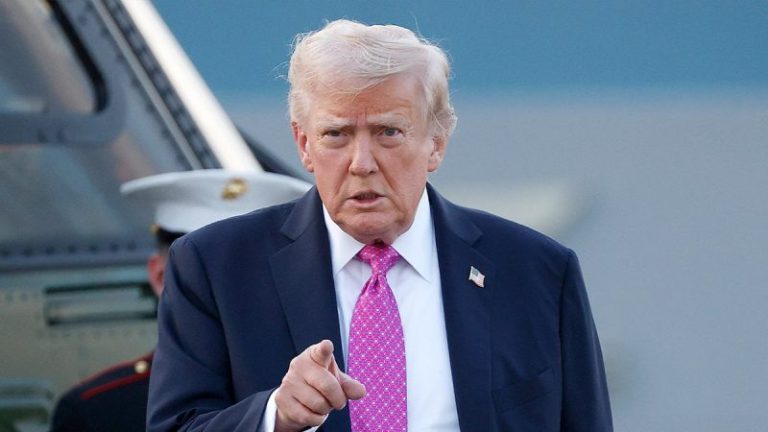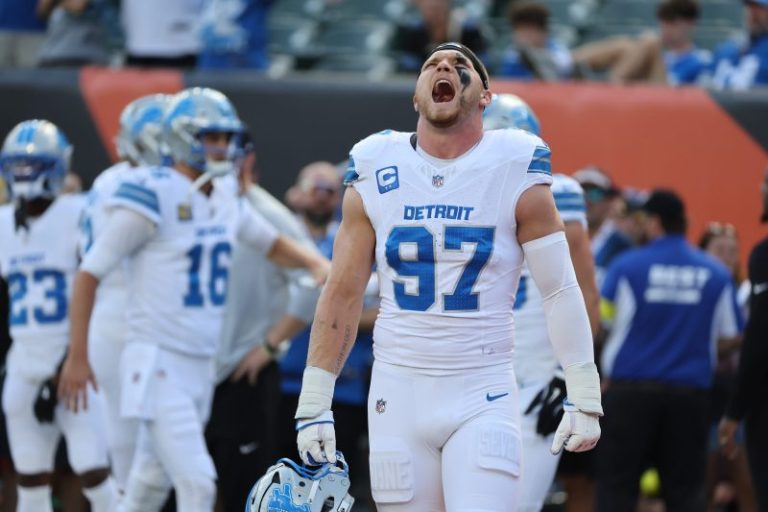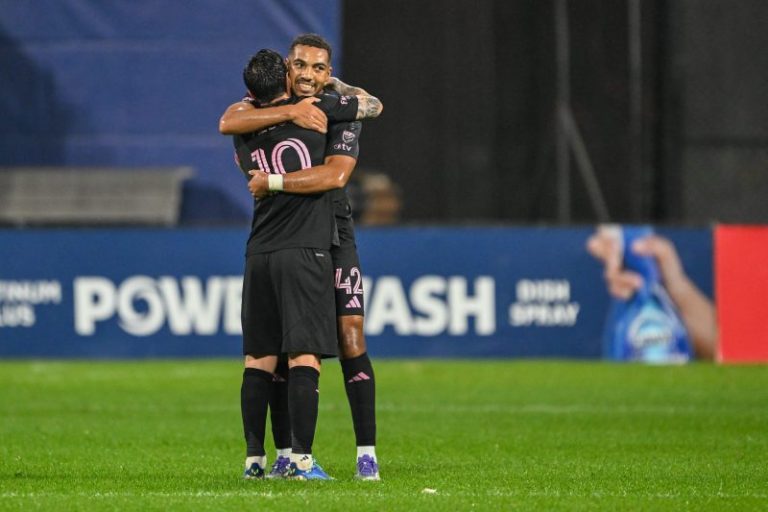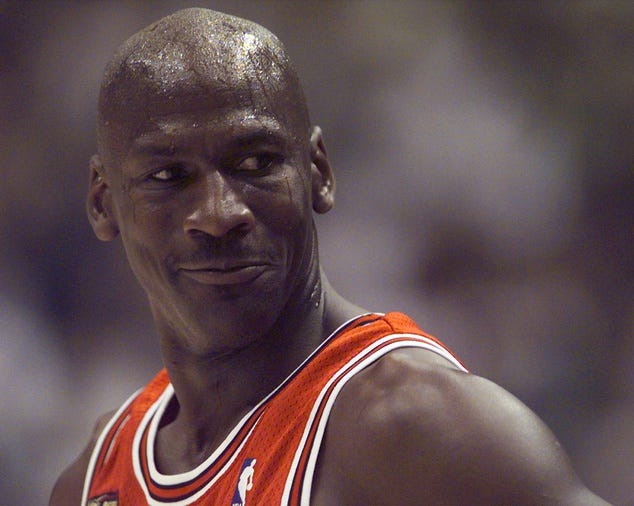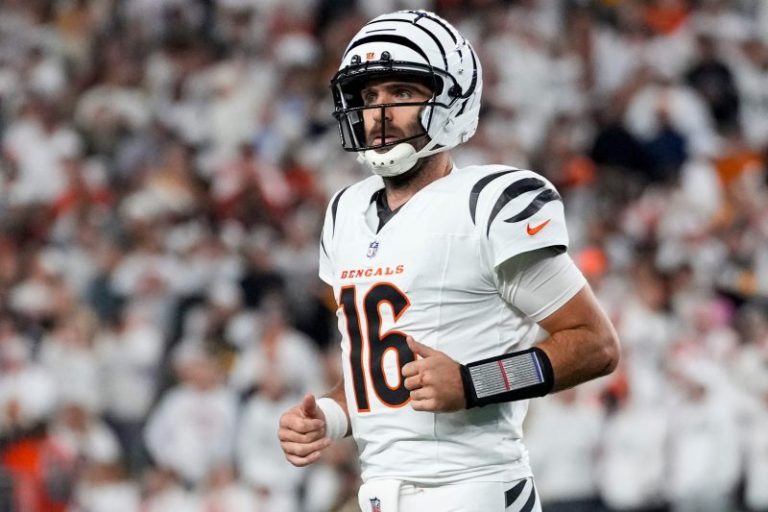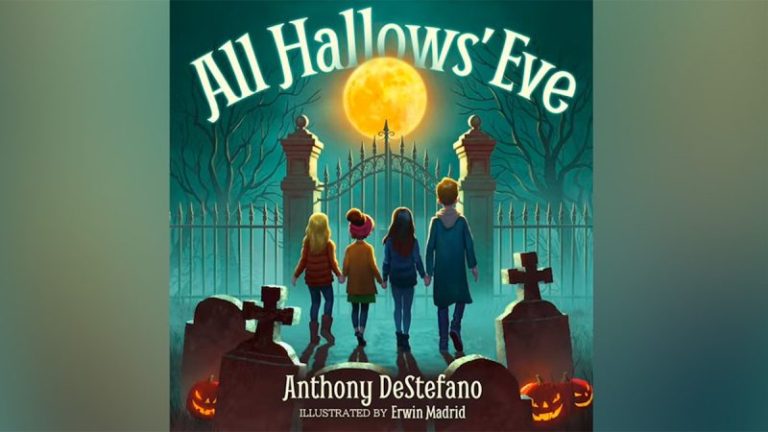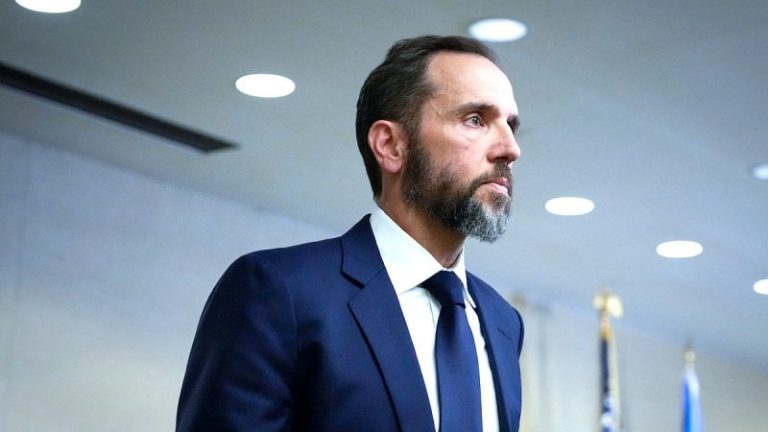Vikings quarterback Carson Wentz has been placed on injured reserve for a season-ending shoulder injury.
Wentz played through the injury in a loss to the Chargers, visibly wincing in pain throughout the game.
Prime Video analyst Kirk Herbstreit was criticized for rebuking Wentz for showing emotion on the sideline.
Carson Wentz’s face couldn’t hide what the Minnesota Vikings quarterback had tried to obscure.
Operating on a short week in his team’s ‘Thursday Night Football’ showdown last week against the Los Angeles Chargers, the veteran passer clearly understood the assignment. Wentz made his fifth consecutive start in place of J.J. McCarthy, who would only serve as the emergency quarterback for the game as he continued to recover from a high-ankle sprain.
Loaded up with a cumbersome harness and several other wraps to aid an injury to his non-throwing shoulder, Wentz prepared for another outing behind a reshuffled and vulnerable offensive line, which would also lose left tackle Christian Darrisaw after the second series. The onslaught arrived as expected, with the Chargers racking up five sacks and eight quarterback hits.
All through the eventual 37-10 defeat, Wentz grimaced his way to the next play until he was pulled on the final series. In clear pain, he grabbed his arm on several occasions while remaining in the game.
Said Wentz when asked after the game if he’d be able to play again this season: ‘It’s a week-by-week, day-by-day thing right now.’
That assessment might have been the first sign something was amiss.
On Monday, the Vikings placed Wentz on injured reserve, ruling him out for the season with what multiple reports said was a shoulder dislocation that included a torn labrum and fractured socket suffered in the Oct. 5 London matchup against the Cleveland Browns. Further details regarding the injury, however, remain murky.
What does seem clear is this: Wentz deserves an apology. It’s just not clear from whom.
The Vikings’ role
Maybe it’s from Kevin O’Connell and the Vikings. The coach and organization deserve the benefit of the doubt given their established track record of authentic care for players, which is reflected by across-the-board sterling marks in the annual NFL Players Association team report cards.
But O’Connell’s concern for his two other quarterbacks – McCarthy and undrafted rookie backup Max Brosmer – might have clouded his judgment and allowed Wentz to become cannon fodder.
‘Carson’s a veteran player,’ O’Connell said after the game. ‘He understands, kind of, some of our circumstances tonight. I think it’s very difficult to ask a rookie to go in there for his first performance and have to be weathering it a little bit for the group.’
It’s understandable that O’Connell, himself a former NFL quarterback who has bemoaned how teams treat their young signal-callers, would be protective of a first-year passer. But if playing Brosmer wasn’t a realistic option, then O’Connell needed to have a true backup at the ready given all that went into merely getting Wentz prepared for the game.
From a protocol standpoint, the Vikings appeared to have done no wrong here. Wentz repeatedly insisted he wanted to stay in the game, O’Connell said, and the medical team provided continual check-ins.
‘There is a mentality to the quarterback position where when a guy is so committed and so all-in and does not want to be taken off the field, you have to honor that,’ O’Connell said Tuesday on KFAN FM 100.3.
That might be an established precedent, but it’s not a fail-safe one. Wentz’s assertions that he was fine to keep going were undercut by his wincing throughout the game. This became a scene that was uncomfortable to watch, never mind participate in.
After the game, Wentz said the pain was ‘quite possibly’ the worst he’s ever felt in his football career. That’s coming from a player who once tore his anterior cruciate and medial collateral ligaments and damaged his meniscus, among a litany of other injuries.
Pain is tricky to assess, and players deserve a good bit of agency in these matters. But they’ve proven to be unreliable narrators when it comes to assessing their own limitations during the middle of a game. Interventions are needed to help protect Wentz and his peers from their own instincts. At the very least, the outcome should prompt some reconsideration of whether the process for assessing similar situations could be improved.
Kirk Herbstreit’s comments
While the Vikings’ actions might have occupied a gray area, there aren’t many subtleties to the way Kirk Herbstreit responded to Wentz’s biggest display of frustration on the night.
After taking yet another hit that left him grabbing his wrist as the game spiraled further out of hand in the fourth quarter, Wentz threw his helmet and became tearful as he sat on the bench. His actions drew a sharp rebuke from the Prime Video analyst.
‘When you’re the captain of the ship, you’re the quarterback, you gotta try to hold some of that emotion in,’ Herbstreit said. ‘And I know he’s frustrated, and he’s hurt, but it’s Week 7. There’s a long way to go.’
Playing decorum police was a regrettable move in the moment. It looks even worse with the full picture of Wentz’s health now revealed.
Yet even when responding to criticism about his remark, Herbstreit seemed to double down.
‘I talked the entire game about how impressive it was that he was playing through a lot of pain and mentioned several times how mentally and physically tough he was-all I said was he can’t throw his helmet and it was a bad look. That’s it,’ Herbstreit wrote Monday on X. ‘Doesn’t take anything away from all the great things we said about him all night. Just was surprised to see that from him. That’s it.’
For someone so concerned with optics, Herbstreit sure doesn’t seem to get how bad of a look this is.
Public perception and pressures
For a full picture of just how badly things got twisted with Wentz’s injury, look no further than his response to a question about his emotional display.
“Yeah, I’m not proud of that,’ Wentz told reporters after the game. ‘I apologize to the equipment guys for that one, but yeah, I was in a good amount of pain.”
Those actions, however, might have been one of the few genuine glimpses into just how strong the pressures facing Wentz truly were.
The Bismarck, North Dakota, native got to live out his childhood dream by leading the team he grew up following. Signed in late August after the Vikings traded away backup Sam Howell, he was tasked with taking over the offense less than a month after his arrival.
Minnesota’s roster proved to be a resounding disappointment coming off last year’s 14-3 campaign, yet Wentz found himself taking the fall for many of the team’s shortcomings. It’s easy to tear down a player who began his career as the No. 2 overall pick and a legitimate MVP candidate before becoming the first quarterback in NFL history to start for six different franchises in six consecutive seasons as his standing took repeated hits. And as the recent case of New York Jets quarterback Justin Fields reinforced, it’s all too easy for fans to strip players perceived as busts of their humanity.
Those are the conditions that create a culture that can skew internal compasses. Other quarterbacks, such as Baker Mayfield, have played through torn labrums before, and it wasn’t an unprecedented move for Wentz and the Vikings to see if he could forge ahead. But that dynamic only ratcheted up the demand on the veteran to stick through it.
Said Wentz in another contradiction of his later description of just how taxing his injuries were: ‘Pain is pain.’
Only to a point, though.
This post appeared first on USA TODAY

